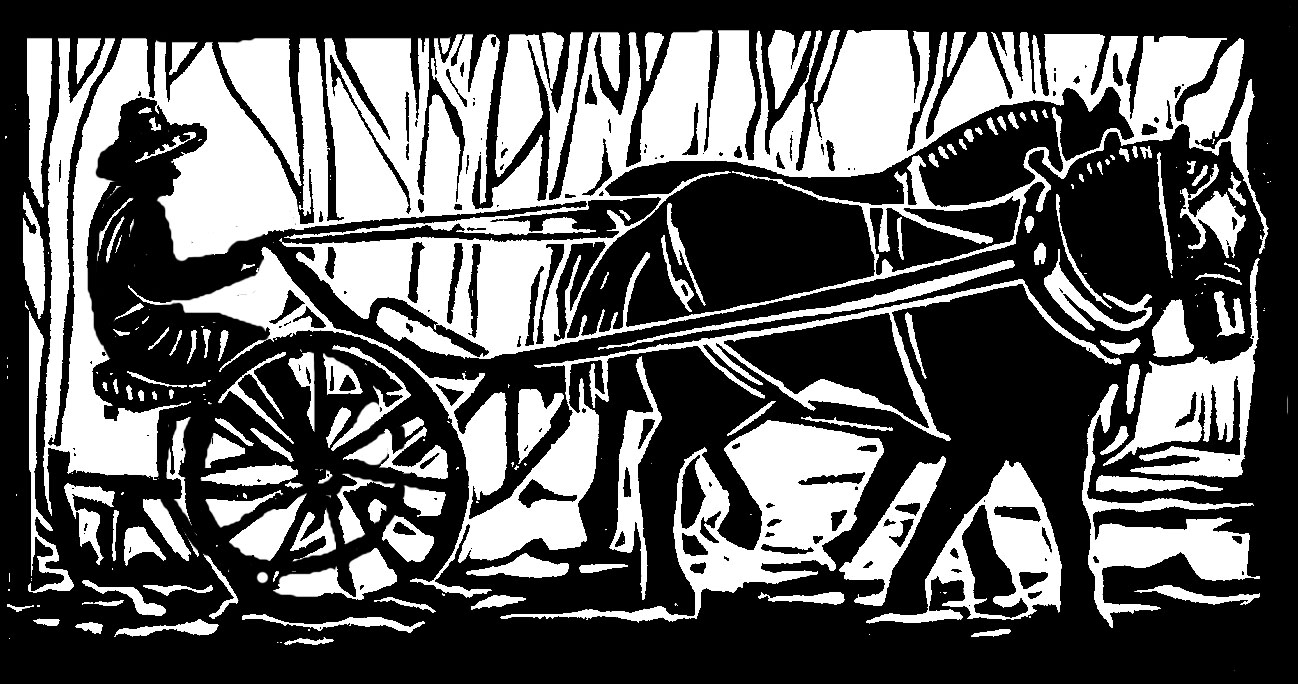Our very first “Ice Cream (and Weeding!) Party” with our CSA members was fifteen years ago, in the very first year of our very first CSA garden, near Ithaca, NY. Homemade, hand-cranked ice cream in return for an hour or two of weeding sounded like a great deal to us, especially since our hours of weeding were (and are) not generally followed by creamy, delicious, homemade, hand-cranked ice cream.
We planned it all out: we would weed for two hours, and then we'd start cranking the ice cream, just in time for afternoon snack. With all the hordes of people flocking to the party, we'd surely get the fall carrots and the beets and the broccoli and the cabbage and the winter squash weeded, and if we needed more to do, we could tackle the onions and garlic. We made a big tub of ice cream mix, with six quarts of milk, cream, sugar, vanilla, and a pinch of salt, all ready to be churned in our ice-cream mixer.
Then we sat on the porch, and waited for the hordes.
And waited.
“But where are all the people?” said I, as the minutes ticked by. “They were supposed to be here at two, and it's two-fifteen already.”
“Hmm,” said my fellow farmer. “I'm not sure. Maybe all their cars broke down?”
By two-thirty, our then baby began to appear a little restless, waiting on the porch for the people.
“I guess we have to go weed by ourselves,” I said glumly.
“Yeah,” said my fellow. “I don't really feel like it. Maybe we should just make the ice cream right now?”
“But what if somebody comes? What if they got their cars fixed, and they're coming? Let's just take a little walk around and look at what needs weeding. The baby will like that, too.”
My fellow sighed. “That's half our trouble here, isn't it? That we just walk around and look at what needs doing.”
“Nah,” I said. “Half of our trouble is our CSA members won't come and help us weed.” We got a good giggle out of this, and, once we got out to the desperately weedy beets and carrots, we couldn't help ourselves. We started weeding, as the baby took a little nap in the pathway.
“We're just having a party all by ourselves,” said my fellow. “And it must be time to make the ice cream by now.”
I lifted my head. “No, wait! I hear a car! Somebody's coming!”
My fellow jumped up. “You're right! Let's go see who it is!”
By this time, we were so sure no none was coming that the arrival was a pleasant surprise: three fine weeders, and never mind that two were under six, and more interested in ice cream than tidy garden beds.
Now, fifteen years later, we still have our Ice Cream and Weeding parties, though we call them Weeding and Ice Cream Parties these days, just to be clear on the order of things. We still hope for far more weeding to be accomplished than could ever reasonably be (ah, there it it is: the optimism necessary to sustain the farming fire for all this time!).
We have also learned over the years that making six quarts of ice cream is a little too much for our ice cream churn: the mix squishes out the top. But five quarts is an ideal amount for any number of people. It's been ideal for the giant parties of ten plus weeders, and it's been ideal for the weeding party in the (light, very light) rain, where we had one stalwart fellow in a raincoat. And it's been ideal for the parties where two farmers, and one now teenage daughter, walk around and look at what needs doing.
Of course, we three have to weed a little, even if no one else shows up, because that's the Weeding and Ice Cream Party rule: no weeding, no eating. And gosh, just think if we had Weeding and Ice Cream Party rules in effect all the time: imagine the gloriously weed-free gardens, the fantastically fit people, the peace, love, harmony, justice, and happy farmers in the world!
Originally published in the Monadnock Shopper News, Sept 2-Sept 8, 2015
